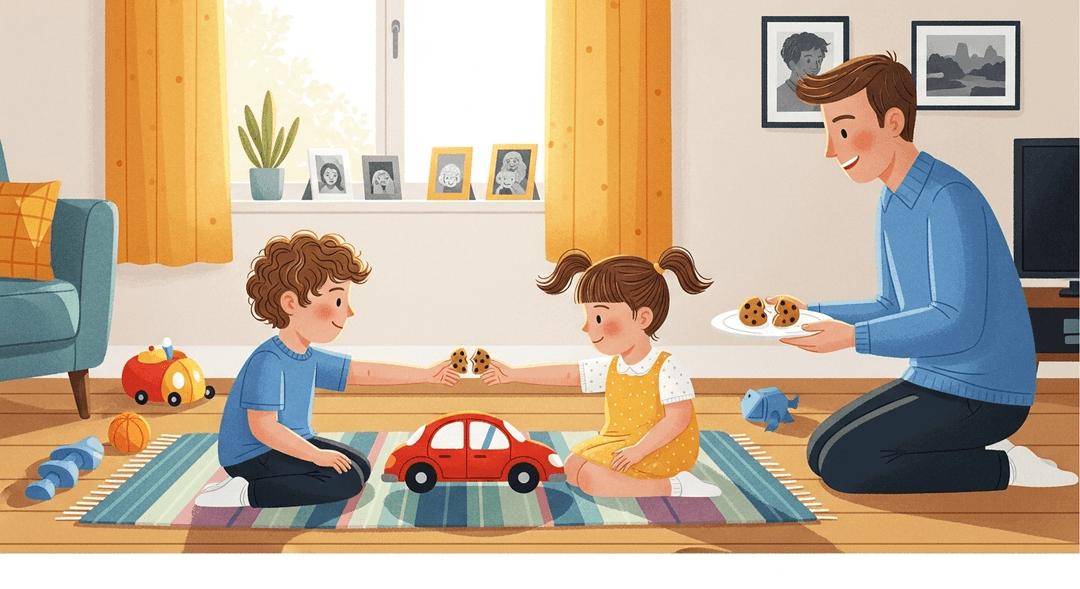Teach Them the Value of Compromise in Relationships
Ever tried to broker peace between two tiny humans who both need the same toy, snack, or—let’s be honest—oxygen, at the same time? Welcome to the United Nations of Parenting, where every day is a summit on compromise, and you’re the under-caffeinated diplomat. If you’re ready to teach your kid that sometimes you win, sometimes you lose, and sometimes you just get half a cookie, this one’s for you.
Learning to compromise builds your child’s empathy circuits, teaching them to see things from another’s perspective. It helps them develop self-regulation and flexible thinking—skills that will save them (and you) from many a meltdown, now and later. For parents, modeling compromise actually boosts your own patience and problem-solving neural pathways (science says so!), and can even lower your blood pressure during toy negotiations.
How to do it
Begin by narrating the situation to acknowledge both children’s feelings. For example, say:
"I see you both want the blue cup."
Model calm negotiation by suggesting a fair solution. You might say:
"What if you use it for breakfast, and your sister gets it at lunch?"
Encourage your child to come up with their own solutions. Praise any attempt at fairness, even if the solution is humorously uneven.
Stay neutral throughout the process. Avoid picking sides, even if you secretly prefer the blue cup yourself.
Celebrate every small win. When the children take turns or share peacefully, reward them with high-fives, stickers, or even a dramatic Oscar speech for "Best Compromise."
Key Tips:
- Narrate the conflict without judgment.
- Offer a calm, fair suggestion to start.
- Let children brainstorm their own solutions.
- Praise efforts at fairness, no matter how imperfect.
- Remain neutral—don’t show favoritism.
- Celebrate positive outcomes with fun rewards.
